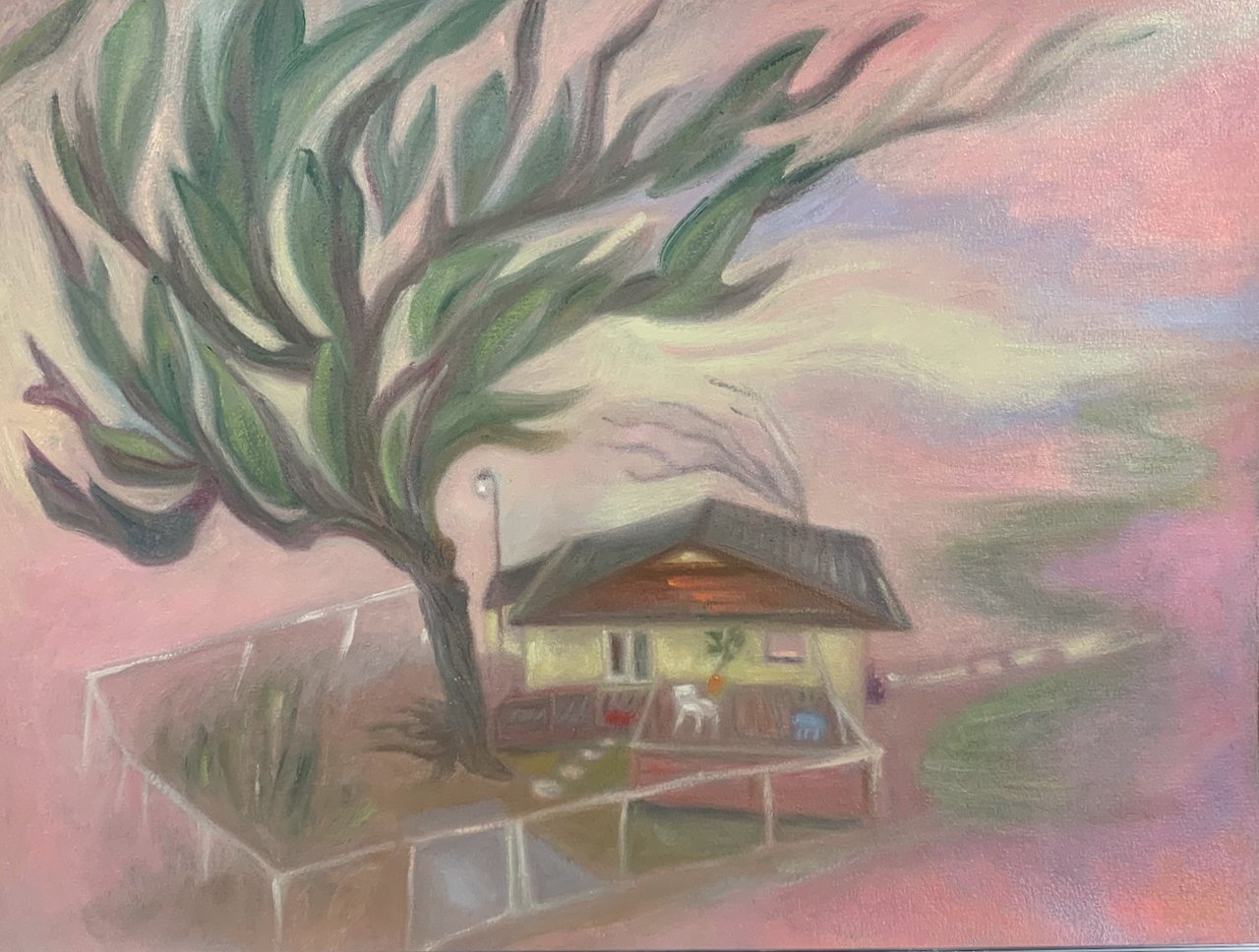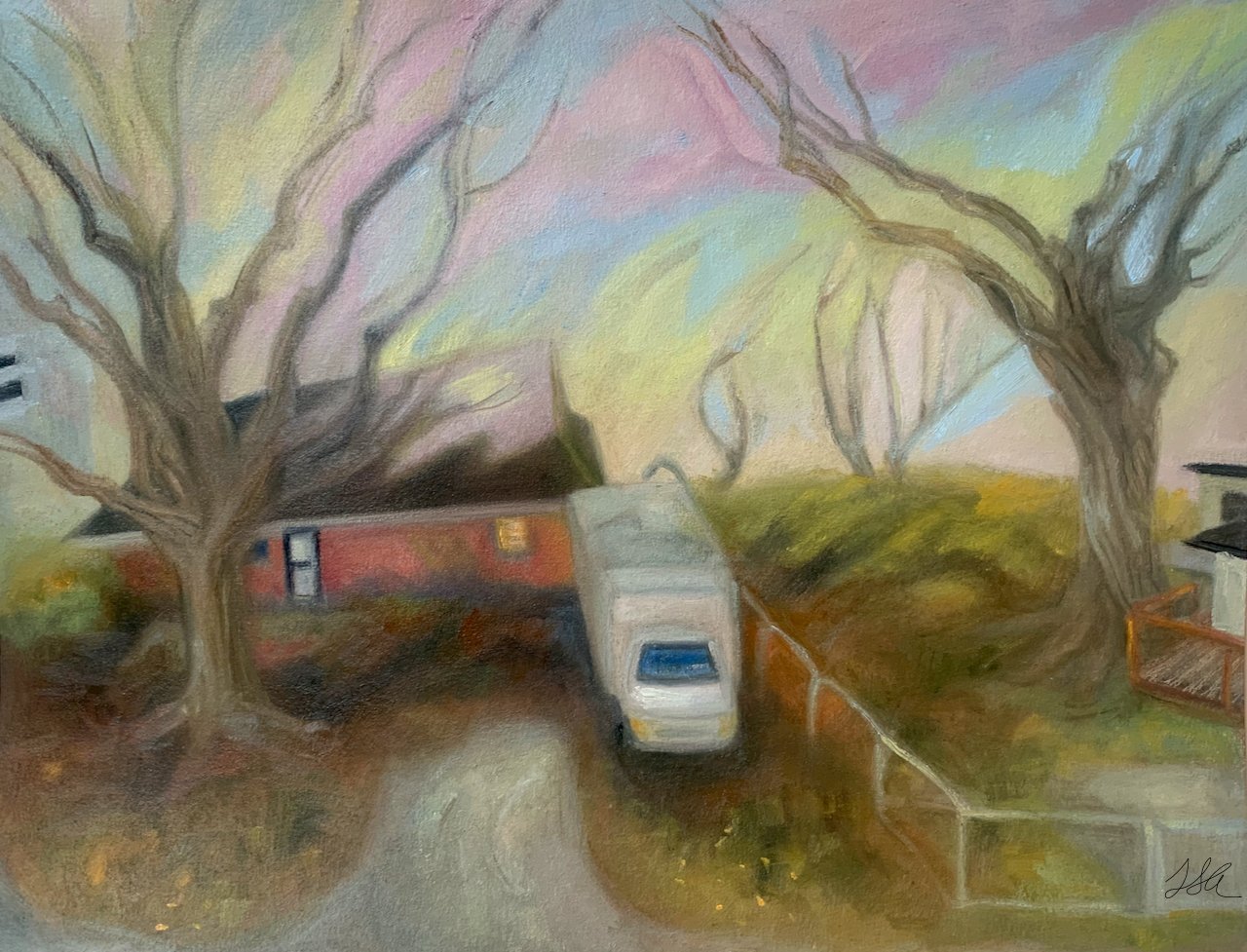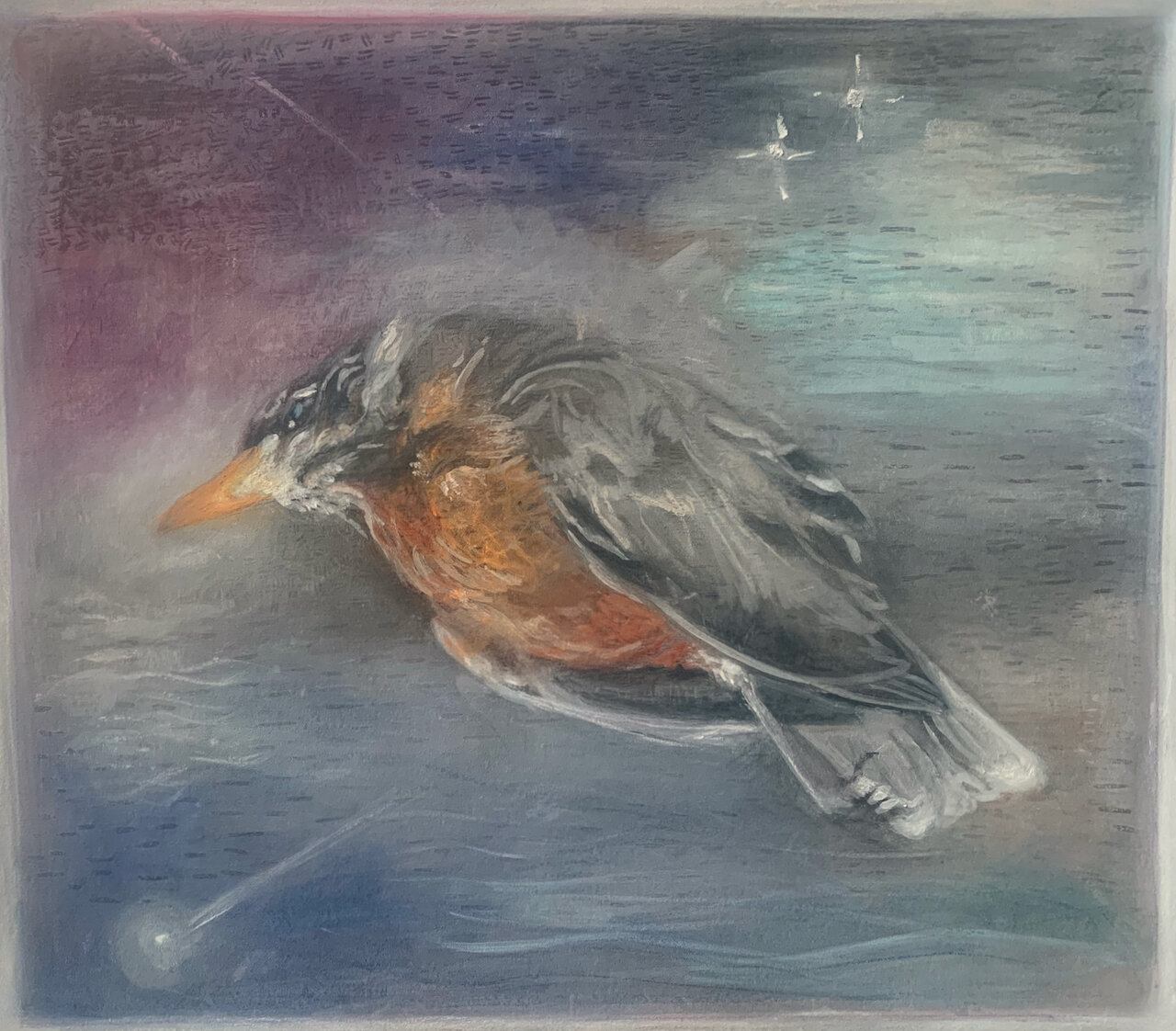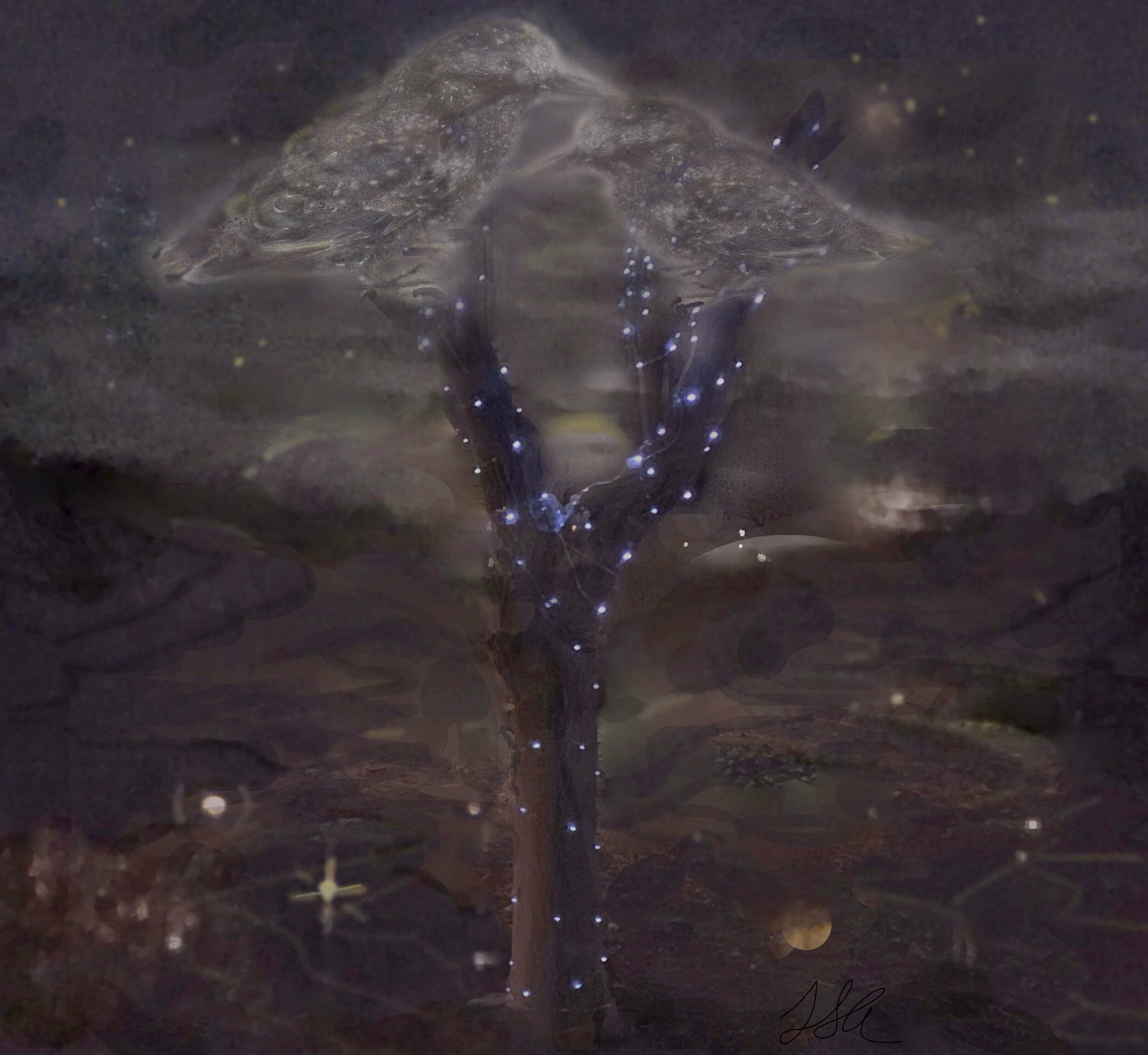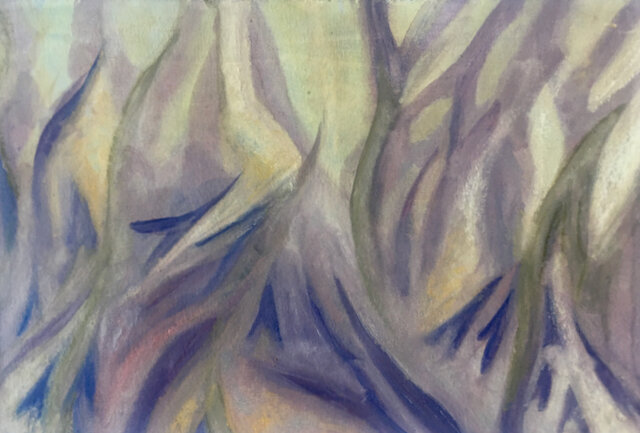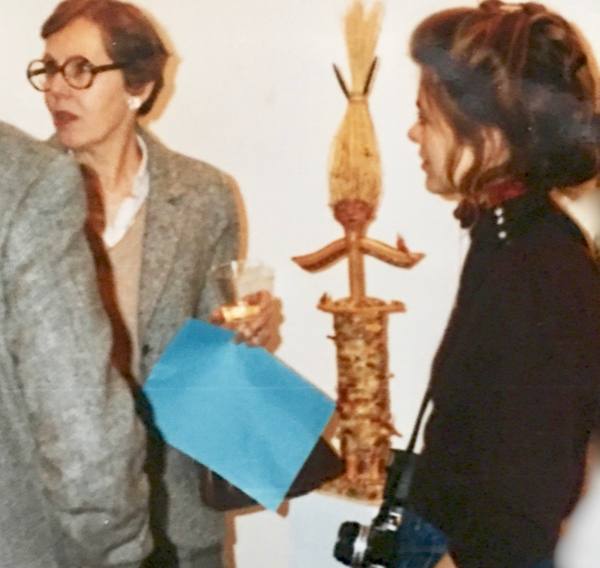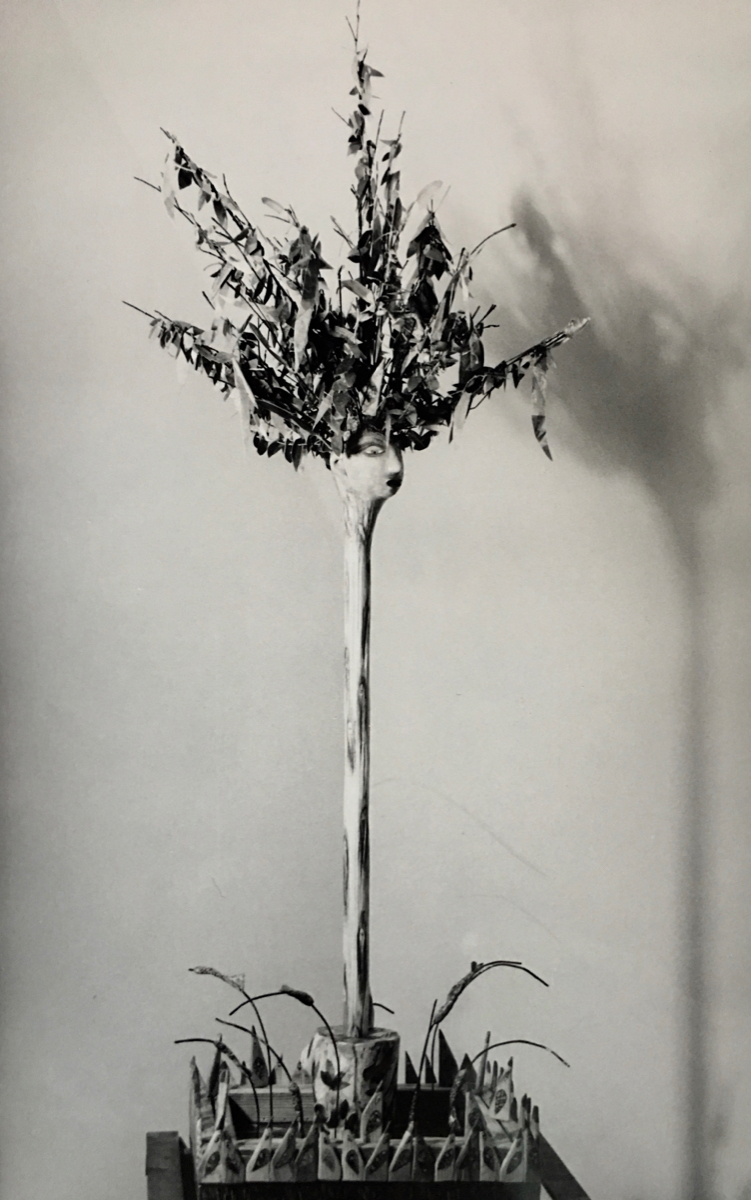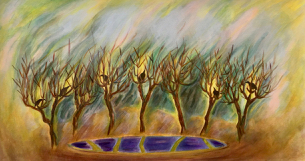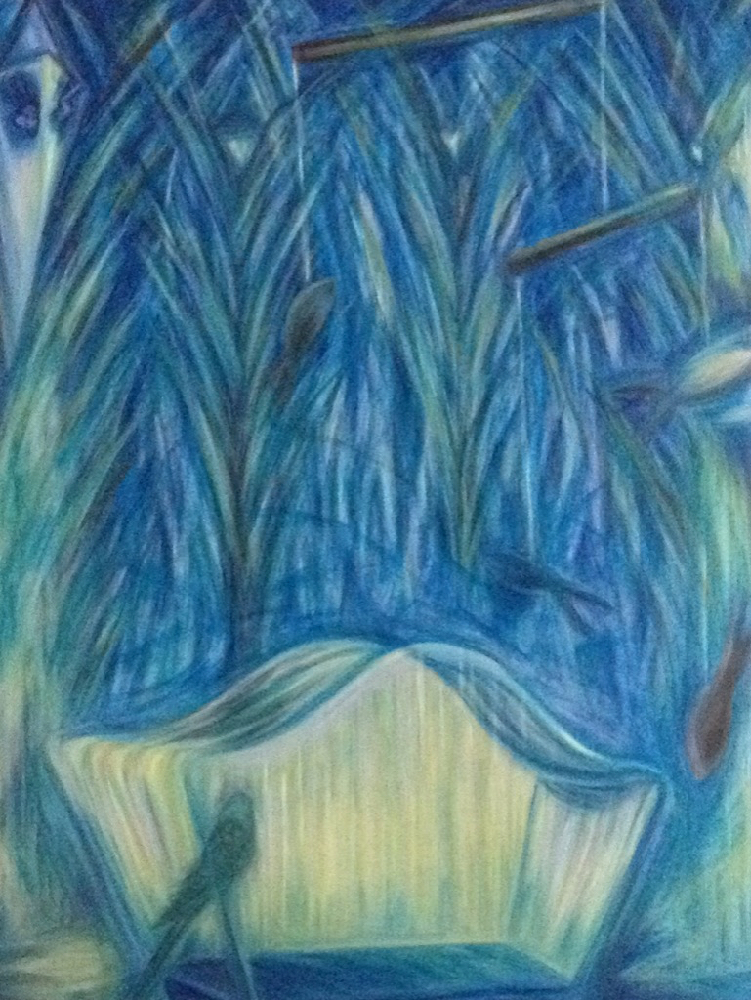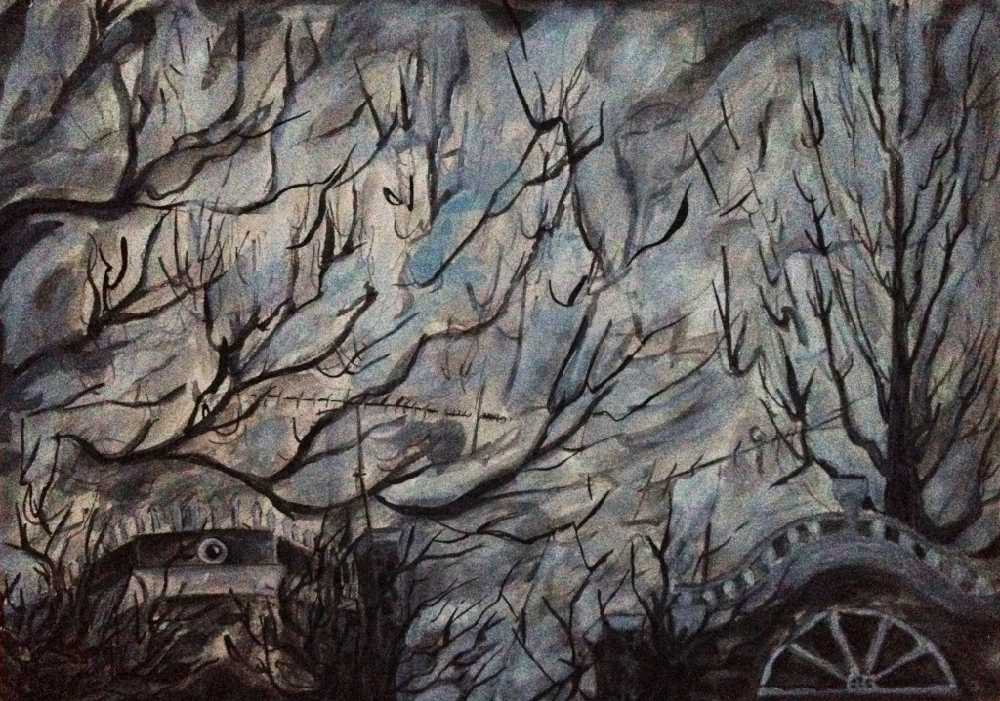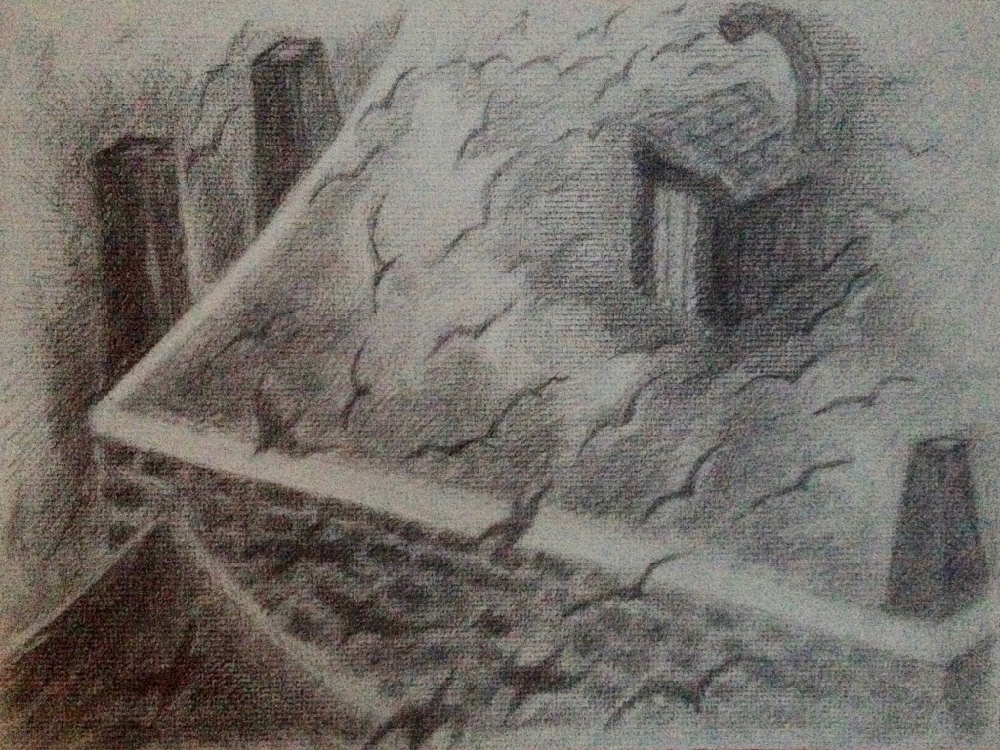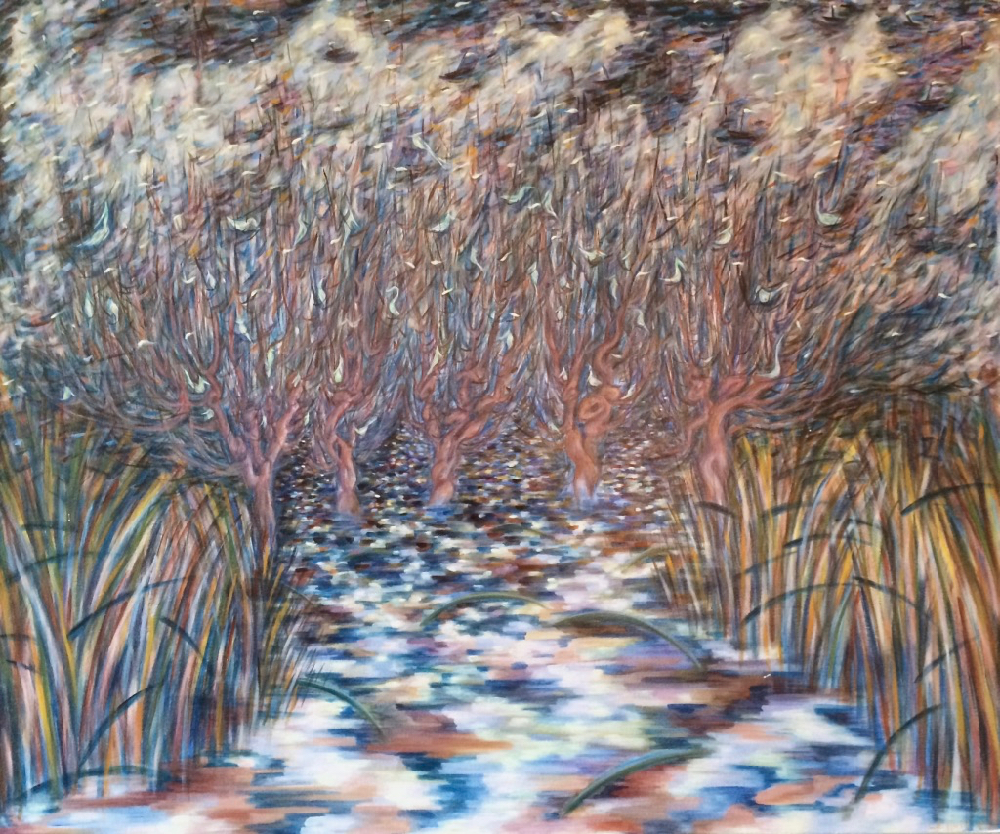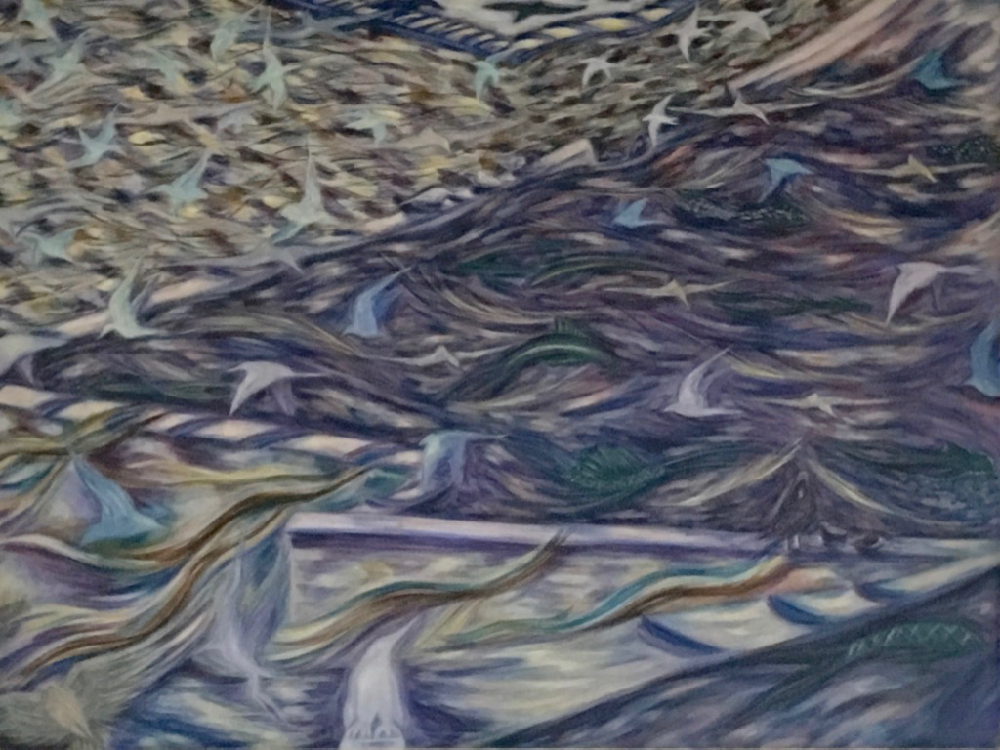…” Perhaps there remains for us some tree on a hillside, which every day we can take into our vision; there remains for us yesterday’s street and the loyalty of a habit so much at ease when it stayed with us that it moved in and never left.”
~Duino Elegies: The First Elegy Rainer Maria Rilke
I live in a residential area with views of the downtown city. The raised necks of cranes stretch across the northern skyline with a backdrop of the rolling hills of Tennessee. It is a perfect panorama of the coexistence of the old and the new, and everything in-between. I love living here because it is the union of the neighbourhoods that I have lived in since the beginning of my memory. When I look outside as far as I can see I am also looking inward to my personal experience and what I imagine of my past, present, and future.
On my street there are small bungalows, large duplexes, and contiguous town houses. Each building has roughly the same amount of land; therefore the small houses have adequate yards — I grew up in one of these. The larger ones have room for a driveway and garage and very little ground left over — I am renting one of these today.
I painted the houses that I could see within the window frames of my second floor studio. Over the last 3+ years these houses have become so familiar to me that I see them as distinct personalities. Perhaps they reflect the true spirit of their occupants. But outside of the occasional hand-waves and exchanges of brief pleasantries, I don’t really know the occupants, my neighbors. I can only imagine some aspects of their inner lives by reading the outer shells of their homes.
Sharon's House ©️2022 LSAuth.
Sharon’s House is an island of self-possession and completeness. There is a perfect balance of comfort and material possessions without the burden of excess: One very large tree for protection and beauty, a chair on a deck for relaxation and daydreaming, a fenced-in backyard to mark boundaries, and an open front lawn to allow for the freedom to wander away. It speaks of solitude as a necessary respite from external stimuli, and yet there is an implicit welcome to all who desire a share in this oasis of uncluttered simplicity.
Mac's House ©️2023 LSAuth.
Mac’s House stoically serves as an anchor to his truck, a large vehicle which almost qualifies as a home addition. I have seen this great white leviathan move around his yard but never out of its unfenced confines. The desire to journey away from home is implicit, but the house faithfully stands by, stable and cave-like, offering seasonal hibernation until the desire to take to the road becomes overpowering. The world beyond beckons, and one day the truck will be gone.
Paulina & Otey's House ©️ 2022 LSAuth.
Paulina and Otey’s House floats in an atmospheric world unfettered by its four walls and yard. This little bungalow serves as a trailhead marker to an enchanted magnolia forest. The greens stay dark all winter and are deeper than the luminous night sky. When the flowers are in full bloom, they add their light to the moon and stars. I often wonder if this dense beauty is sometimes overwhelming for those awake in the middle of the night; if the impenetrable darkness is terrifying.
Beyond the magnolias there is a journey up a steep hill to reach the top, where all are left behind to dream below while a vast sky sails above. The heaviness of the magnolias evaporates into the approaching dawn like wispy boats of water vapor. All earthly things will soon disappear and the infinite sky will serve as home.
